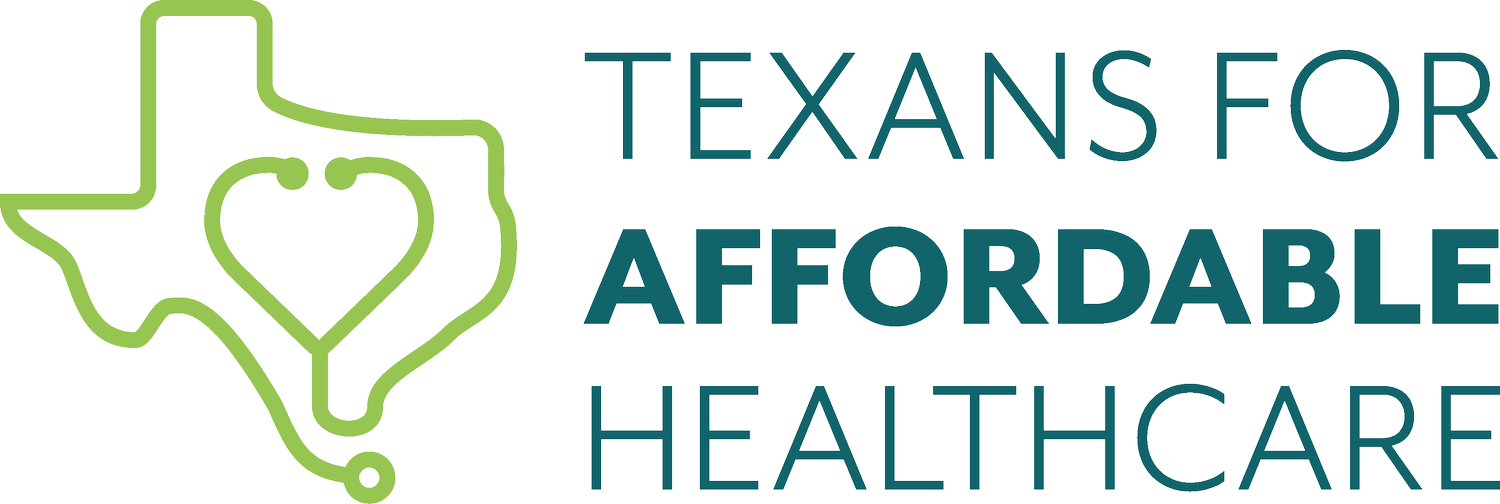More Hypocrisy, Finger Pointing from Big Pharma
By TAHC Executive Director Mia McCord
While TAHC’s focus is Texas policy and health care affordability, it is sometimes impossible to ignore what is happening in Washington D.C. As budget talks continue to stall, there have been some health care policies that have garnered attention.
The first happened last month when President Biden announced the list of several costly Medicare covered drug prices will be directly negotiated with the pharmaceutical industry as required by the Inflation Reduction Act of 2022. The drugs on the list account for out-of-pocket costs for seniors of $3.4 billion in 2022.
An August poll by KFF shows that while American adults (75%) trust pharmaceutical companies to develop new and effective drugs, 83% of adults say profits are a “major factor” in the high cost of prescription drugs, with 78% of adults saying they do not trust pharmaceutical companies to price their drugs fairly.
Drug makers are currently in a lawsuit trying to halt implementation of these drug price negotiations citing concern that price setting in Medicare will impede their ability to negotiate prices in the private market. Along with the lawsuit, the Pharmaceutical Research and Manufacturers of American, or PhRMA, has been spending big money on advertisements pointing the finger instead at pharmacy benefit managers as the reason for high drug prices.
In July, Congressman Tom Carper (D-Delaware) announced The PBM Oversight Act of 2023 with a goal of increasing transparency in the operations of Pharmacy Benefit Managers (PBMs) to help lower the cost of prescription drugs. Policies in the bill include the elimination of spread pricing and clawbacks that occur at the pharmacy and how PBMs contract with plans and payors.
At face value, transparency in health care is never a bad thing since pricing at every level is convoluted, confusing, and usually leaves patients stuck with unexplainable higher costs. At TAHC we advocate for transparency and affordability. But, outside of that conversation (a blog post for another day), I go back to the finger pointing. There is huge irony in the advertisements being run by PhRMA seeing as one of the biggest triggers for all the transparency conversations happening at the federal level was the huge increase in insulin costs between 2014 and 2019.
In 2019 insulin prices for eight of the nine branded drugs exceeded an annual cost of $4,800 with Medicare Part D patients expected to cover over $1000 in out-of-pocket costs. In fact, in 2020 alone, Medicare Part D enrollees spent over $1 billion in out-of-pocket costs for their insulin. In May, both manufacturers and benefit managers testified before congress and continued the finger pointing.
So, what’s the deal? Who is to blame? Where is the line to be drawn between free market principles and profits? As buyouts and vertical integrations continue throughout health care, can we ever achieve true transparency in this increasingly complicated system? And, ultimately, who is advocating for everyday Americans?
While this all gets sorted out, can we at least acknowledge that the money being spent by PhRMA on advertisements that amount to “the pot calling the kettle black” are entirely disingenuous and misleading to Americans forking over more and more of their paychecks for unaffordable prescription drugs?


